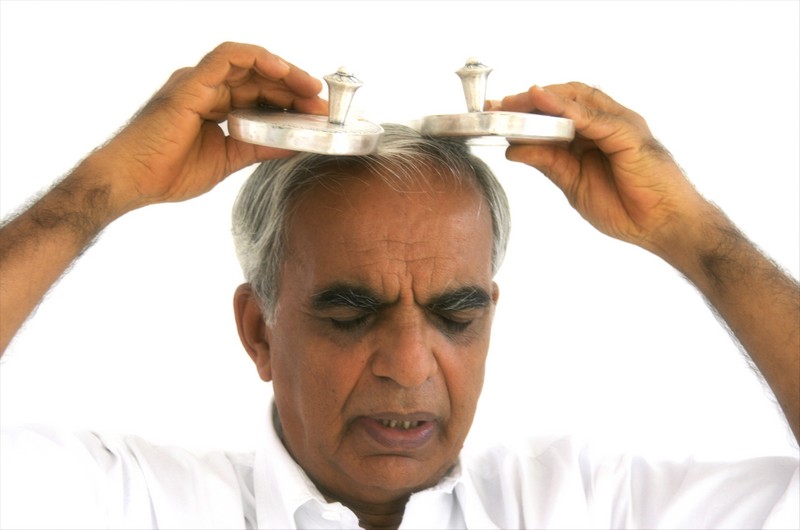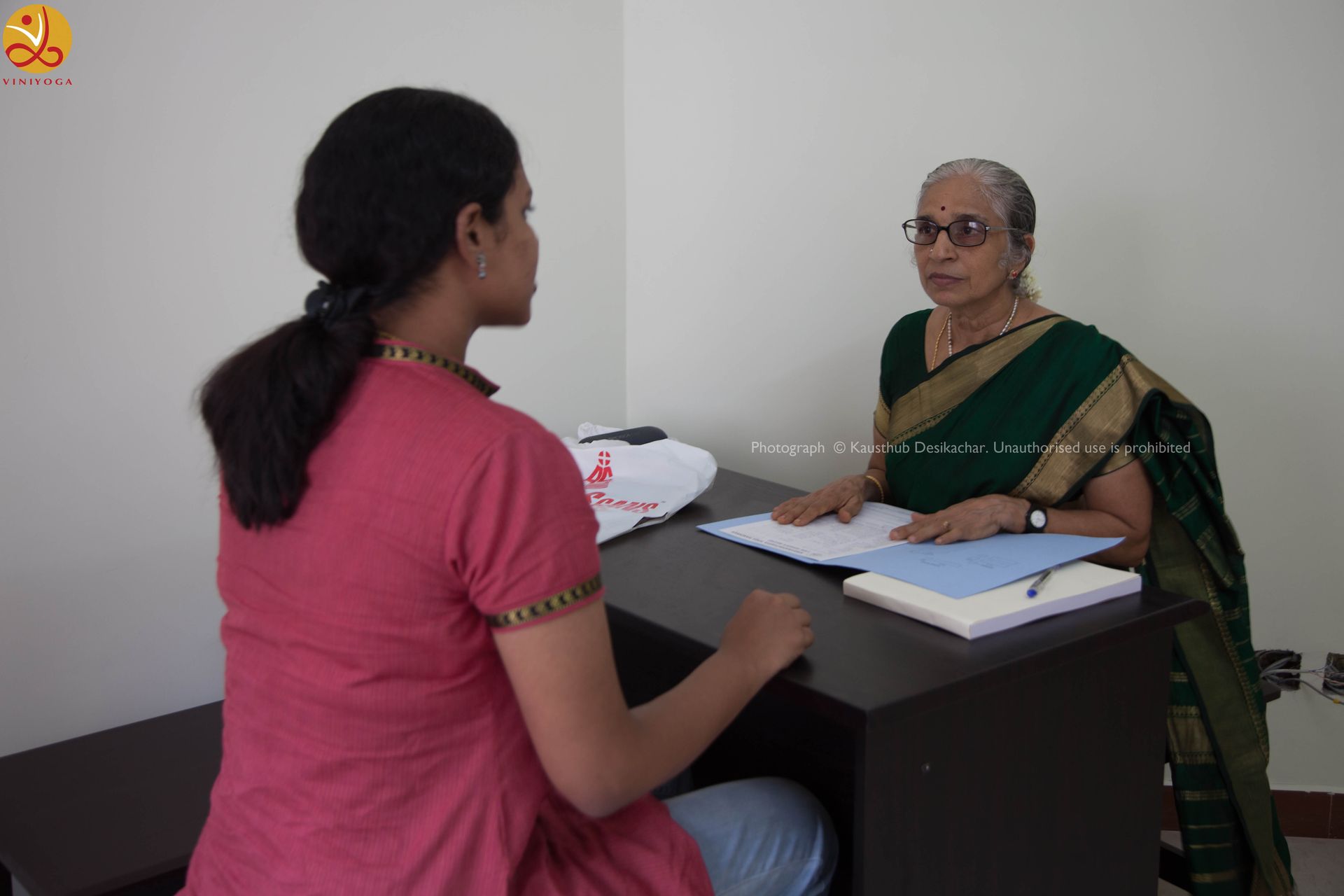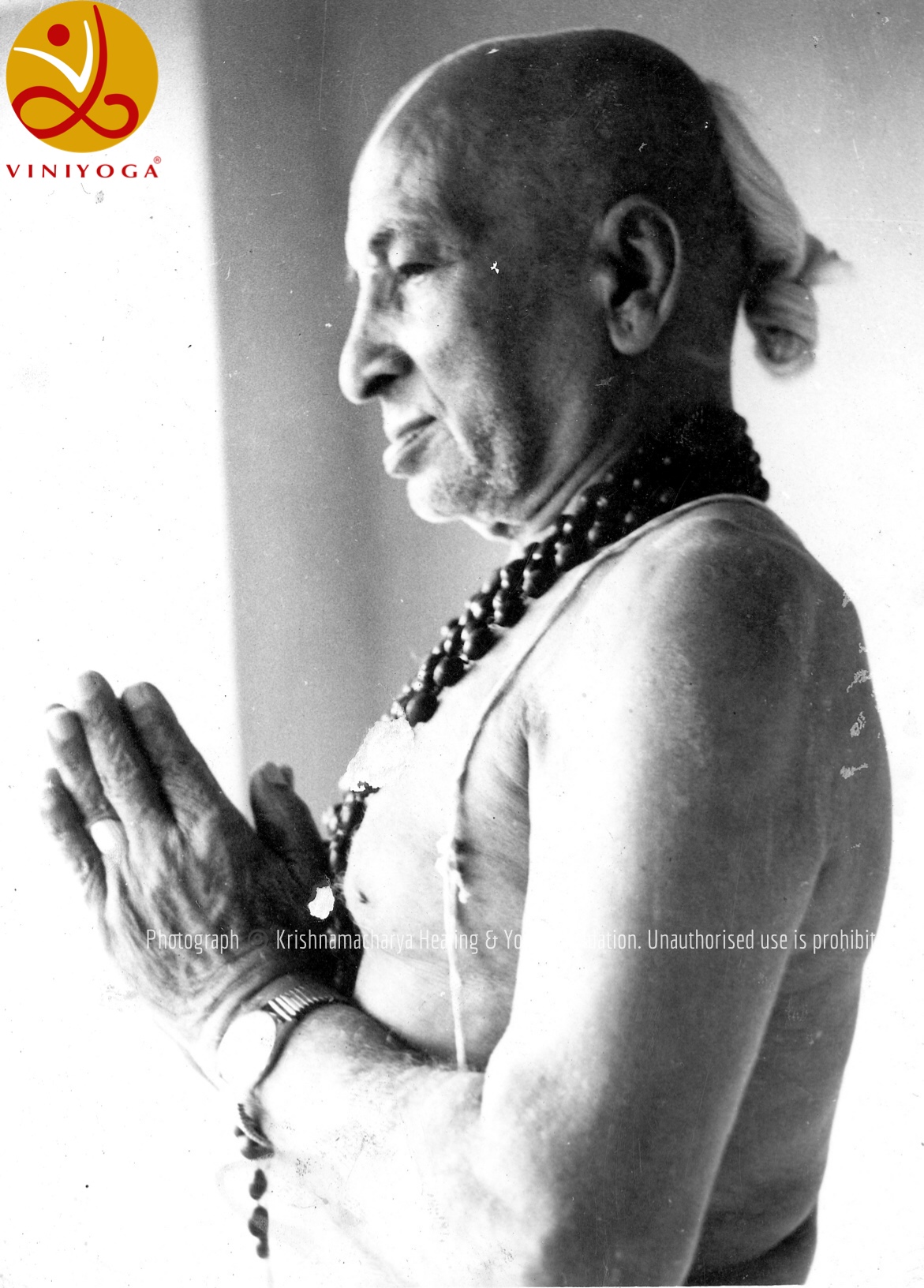A personalized application of all the tools of YOGA allows each individual to diminish his or her traumas and discomforts to fully realize themselves as a human being (...)
The Viniyoga tradition
Our approach, our vision
Holistic Understanding
Approaches health and wellbeing holistically and understands the body as a multidimensional construct of inter-connected dimensions.
Tools of Yoga
Utilizes the whole range of Yoga’s tools, not restricting itself to asana.
Flexibility of Approach
Offers intelligent and creative options of practices that are tailored to suit each individual.
Universality
Universal to people of all faiths, age, flexibility level and lifestyle choices. It celebrates differences between people and honors their uniqueness.
Yoga as therapy
Is the best suited tradition for Yoga as therapy, as its values align itself with the therapeutic principles.
Source of Knowledge
Uses the first classical text of Yoga, the Yogasutra of Patanjali as its reference text. It also uses traditional texts like Hathayogapradipika, Yogarahasya etc.Utilise le premier texte classique du yoga, les Yoga-sûtra de Patanjali, comme texte de référence. Il utilise également des textes traditionnels tels que la Hathayogapradipika ou le Yogarahasya, etc.
Depth of Understanding
Offers a great depth in understanding Yoga consistent with its philosophical roots, focusing on subtle principles like prana, the subtle anatomy of the body, the dosas, etc. Very sophisticated and subtle in its understanding, it offers consistency within its range of tools.
Historical Strength
Is one of the oldest living traditions of Yoga and is solidly backed by the strength of time-tested tradition over more than 1200 years.
Respect for Lineage and Tradition
Gives consistent acknowledgement of and great respect to the teachers who have passed down the tradition. Students learn not just the teachings but their context within language and culture.
Empowerment
Teaches students to empower themselves and make their own educated choices.
Non-Invasive
Uses only non-invasive traditional Yogic practices and stays away from invasive forms of practice.
Simple and Cost-Effective
Practitioners don’t need to buy special yoga clothes, props or other accessories to be able to practice. All they need is some space and time. If props are used, they are household items (chairs, stools, pillows, wall, etc.)
Group or Individual Lessons
Offers the flexibility to offer both individual classes and group sessions. Group sessions are also often context-sensitive and offer adaptations and modifications within the classes
Teacher/Student Relationship
Close, ongoing relationship between teacher and student, where the teacher invests in the healthy development of the student and is able to tailor practices that will be the most effective and efficient for them.



